Sign up for workout ideas, training advice, reviews of the latest gear and more.

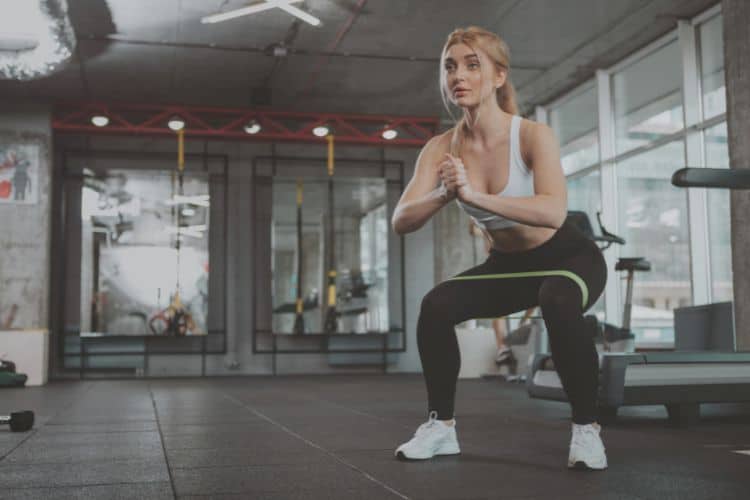
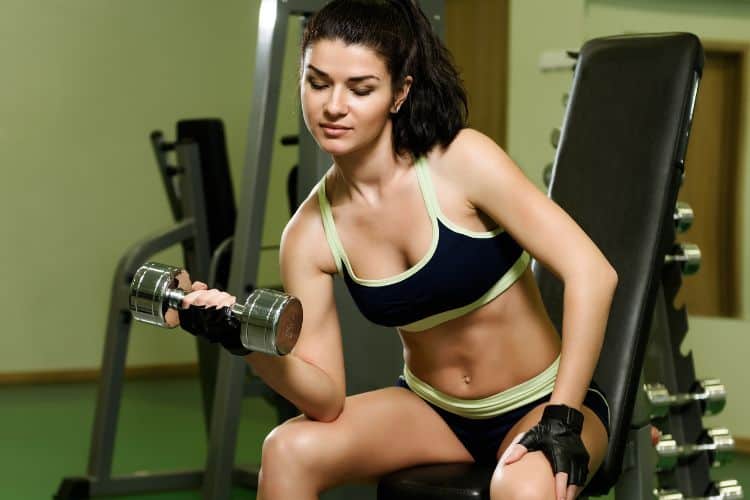
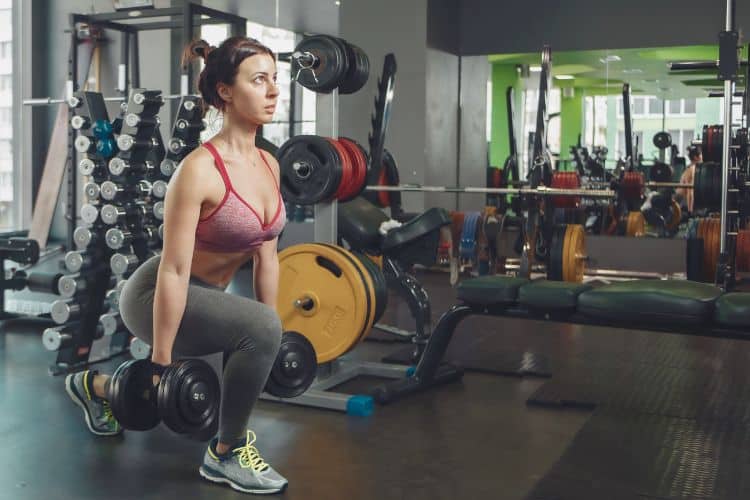
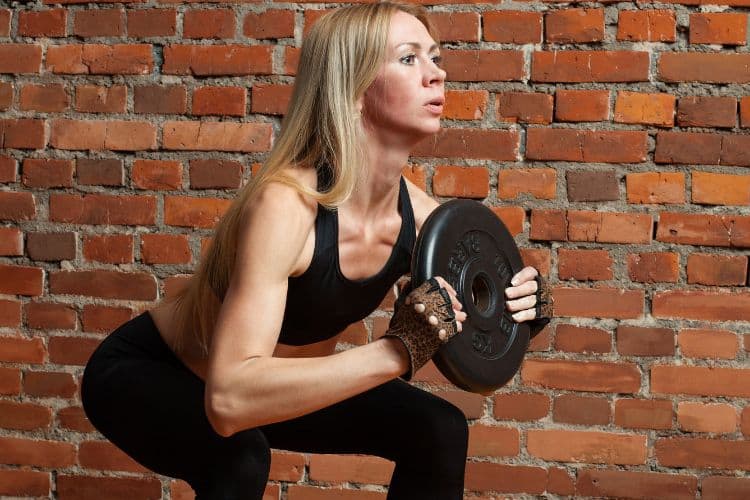
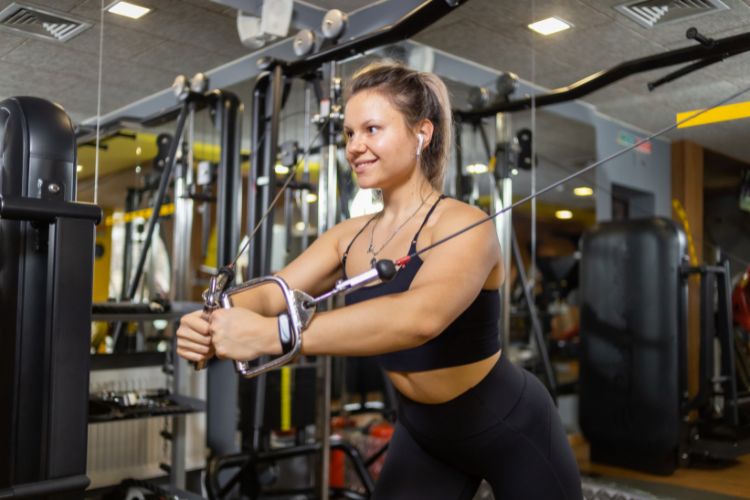
If you’re aiming for well-defined, full chest development, the cable fly is one of the most effective exercises to include in your workout program. Unlike traditional pressing movements, cable flies provide constant tension throughout the range of motion, allowing for superior muscle engagement, better isolation of the pectoral muscles, and reduced joint stress.
In this comprehensive guide, you’ll learn about the best cable fly variations for chest workouts, their benefits, how to perform them with perfect form, and how to incorporate them into your training program for optimal muscle growth.
Cable fly exercises offer unique advantages over free weights and machines. When you use cables, there is constant resistance, meaning your chest muscles are activated throughout the entire movement — not just at the beginning or peak.
The adjustable nature of the cable machine also allows you to target different parts of the chest, including the upper, middle, and lower pecs.
Whether you’re looking to build size, increase definition, or improve symmetry, cable flys are a chest workout essential for both beginners and advanced lifters.
Cable fly primarily targets the pectoralis major, especially the sternal head (middle chest), but it also engages:
Different variations and angles emphasize specific parts of the chest more effectively.
Including cable flys in your chest workout provides numerous benefits:
Cables maintain resistance from start to finish, stimulating more muscle fibers.
You can modify cable height to hit upper, middle, or lower chest regions precisely.
Cables offer smoother motion, making them a safer option for people with shoulder issues.
Unlike bench presses that involve triceps and shoulders, cable flys isolate the chest more effectively.
Cable flys stretch the pectorals under tension, a key component for hypertrophy (muscle growth).
Target Area: Middle chest
How to Perform:
Pro Tip: Keep your chest high and squeeze your pecs at the top of the movement.
Target Area: Lower chest
How to Perform:
Why It Works: This mimics the decline bench fly, perfect for carving out the lower pecs.
Target Area: Upper chest
How to Perform:
Pro Tip: Focus on the contraction by keeping tension on the cables throughout.
Target Area: Entire chest with added stability
How to Perform:
Why It Works: Reduces momentum and improves muscle isolation.
Target Area: Chest (improves symmetry and control)
How to Perform:
Benefits: Corrects muscle imbalances and allows for a greater range of motion.
Target Area: Upper chest
How to Perform:
Pro Tip: Keep the incline moderate (30–45 degrees) for maximum chest activation.
| Feature | Cable Fly | Dumbbell Fly |
|---|---|---|
| Tension | Constant throughout motion | Less tension at top and bottom |
| Range of Motion | High (can adjust angles freely) | Limited by gravity |
| Safety | Lower joint stress | More stress on shoulder joints |
| Versatility | Multiple angle variations | Usually limited to flat/incline/decline |
| Progressive Overload | Easier to fine-tune with small weights | Less precise weight adjustments |
Winner for Chest Isolation: Cable Fly
Winner for Overall Mass: Combine both in your workout program for best results.
Avoid flaring elbows too wide or bending them excessively. A slight bend helps protect your joints and keeps tension on the chest.
Perform both the eccentric (lowering) and concentric (lifting) portions slowly to maximize muscle engagement.
Use a moderate weight that allows full range of motion and a proper squeeze at the peak.
Changing the angle slightly each week can emphasize different areas of your chest and prevent plateaus.
Pause briefly at the peak of the movement to fully engage your chest muscles.
Here’s a complete cable-based chest workout you can follow 1–2 times per week.
Rest Time: 30–60 seconds between sets
Intensity Tip: Add a drop set on your final fly movement to increase muscle fatigue and stimulate growth.
The cable fly is a must-have chest exercise for lifters seeking full development, enhanced muscle control, and targeted pec activation. Whether you’re using it as a primary isolation movement or as a finisher after bench presses, incorporating the best cable fly variations into your routine can take your chest gains to the next level.
With constant resistance, safer mechanics, and versatility, cable flys outperform many traditional methods in isolating and growing the chest. Stick to proper form, experiment with angles, and stay consistent — and your pecs will thank you.
Start incorporating cable flys into your chest workouts today and build a stronger, sculpted upper body.
Stay up to date on the latest women’s health, fitness and lifestyle trends and tips.